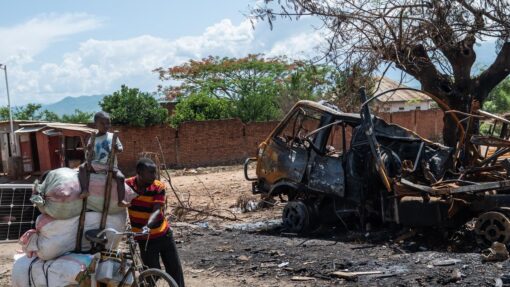Advance in vaccine quest for highly infectious virus
John Crouch |
Queensland scientists are closer in their quest for a vaccine to stop a virus that has the potential to cause another pandemic.
The highly infectious Langya virus was found to have made the jump from animals to humans in eastern China almost a year ago, and researchers have since learnt the structure of a key protein that allows it to enter human cells.
Lanyga is from the same virus class as the deadly Nipah and Hendra viruses, and causes fever and severe respiratory symptoms.
The University of Queensland’s Dr Ariel Isaacs and Dr Yu Shang Low uncovered the structure of Langya’s fusion protein by using a molecular clamp that held the protein for scientists to study its atomic make-up.
Dr Isaacs said understanding the structure of Henipaviruses such as Langya and how they entered cells was a critical step towards developing vaccines and treatments.
“There are currently no treatments or vaccines for them, and they have the potential to cause a widespread outbreak,” he said in a statement.
Senior project researcher Daniel Watterson said Langya’s fusion protein was similar to the Henra, which first appeared in southeast Queensland almost 30 years ago.
“These are viruses that can cause severe disease and have the potential to get out of control if we’re not properly prepared,” Associate Professor Watterson said.
“We saw with COVID-19 how unprepared the world was for a widespread viral outbreak, and we want to be better equipped for the next outbreak.”
The research is published in Nature Communications.
AAP


